I get questions all the time about the difference between various flooring types. Typically, homeowners want to know what the life span is if they choose to have new flooring installed. While we’ve cover that in another article, we’re going to dive into the comparison question I get the most: What’s the difference between engineered hardwood and laminate?
Layered Options
Both engineered hardwood and laminate flooring are layered. It’s those layers that comprise the major differences between the two. Later on, we’ll also see how each flooring type’s construction plays into its strengths and weaknesses.
Engineered Hardwood has three layers: real wood veneer on top, followed by two layers of plywood or a single layer of HDF (High Density Fiberboard) for structure. The top layer is real wood veneer. That’s right, engineered hardwood has a layer of real wood. If it’s high quality, you are able to sand and re-finish your engineered hardwood. With some less expensive options, the wood veneer is too thin to sand down, and you’ll hit the structure layer…not stylish.
If you have a dual-plywood structure, it’s manufactured with grain running in perpendicular directions to give the structure layers strength and to resist swelling and warping. If the structure layer is HDF, it’s compressed wood fibers, which naturally resist swelling and warping.
Laminate also has three layers, but they’re quite different: A top protective layer, a second decorative layer, and a core MDF or HDF. Think of the top layer as your phone’s screen protector. It’s sole purpose is to prevent scratches and damage beneath it. The decorative layer is just that, a very real decorative image to imitate the look of wood (or whatever the decorative layer is designed to imitate). The core layer is the majority of the thickness for a laminate board, and many these days have locking grooves to help with easy installation.
Now we take a dive into the pros and cons of both engineered hardwood and laminate floors.
Engineered Hardwood Closer Look
Engineered hardwood is essentially a thin version of hardwood on top of a core. With some proper care, that top layer can last as long as regular hardwood flooring (before you sand it down and refinish it).
Cost: Engineered hardwood is the in-between flooring type. It’s not as expensive as its hardwood sibling, but will cost more than the laminate cousin. Expect to pay between $6 and $10 per foot.
Care: A broom or vacuum, and some wood cleaner should do the trick. Remember, the surface layer is wood, so the more you treat it like real wood, the longer it will last. Mop up muddy shoe and paw prints quickly. Address major spills immediately before the liquid has a chance to settle between the cracks.
Durability: As we mentioned above, engineered hardwood will show its wear and tear more readily than some types. Over time, you’ll see wear from high-traffic areas and scratches appear. Fortunately for us, you can sand and re-finish your engineered hardwood rather than have to replace it entirely.
Appearance: This is why homeowners go with engineered hardwood flooring over laminate. With the top layer being wood, those knots, bumps, highlights and lowlights are all real. There’s also a warmth around engineered hardwood that is difficult to get in laminate. Believe me, I’ve seen enough houses side-by-side.
Laminate Closer Look
Laminate is designed and manufactured to imitate other types of flooring, not actually be them. Decorative layers these days go a long way to give your home the design aesthetic you’re looking for. That said, there’s an obvious “imitation” quality about laminate. When you run your hand across it, it’s all the same. Then again, isn’t that the point?
Cost: Laminate is one of the cheapest options you can find in flooring. This largely depends on the decorative layer, and how wide the planks are. Expect to pay between $3 and $7 per foot.
Care: Ease of care is where laminate shines. A quick vacuum to clean up dry messes, and damp mop to wipe up spills. No need to special cleaners here. In fact, heavy-duty cleaners might damage the protective layer. Keep it simple.
Durability: Laminate gets another mark over engineered hardwood in this category. The protective layer has been developed to resist scratches and impact damage. Laminate flooring can last longer than that first layer of engineered hardwood. You can also just replace the damaged boards…provided they still make a matching decorative layer.
Appearance: This is where laminate falls short. There’s a facade to laminate flooring that’s obvious. I’ve often heard the word “hollow” as a descriptor. When you see a room full of laminate, it can feel chintzy, especially if you don’t have a rug or carpet runner to break up large areas. This is a by-product of laminate’s manufacturing method – it’s mostly HDF with a few specifically designed layers.
Two Solid Inexpensive Options
Both engineered hardwood and laminate are great, inexpensive options when it comes to flooring. The biggest difference is between cost and appearance. They’re easy to take care of and will last you at least 15 years each. Proper care can extend that by up to 10 more years (for a total of 25).
If your next home project is updating your floors, now you have the basics to compare the two most confusing flooring types: engineered hardwoods and laminate.
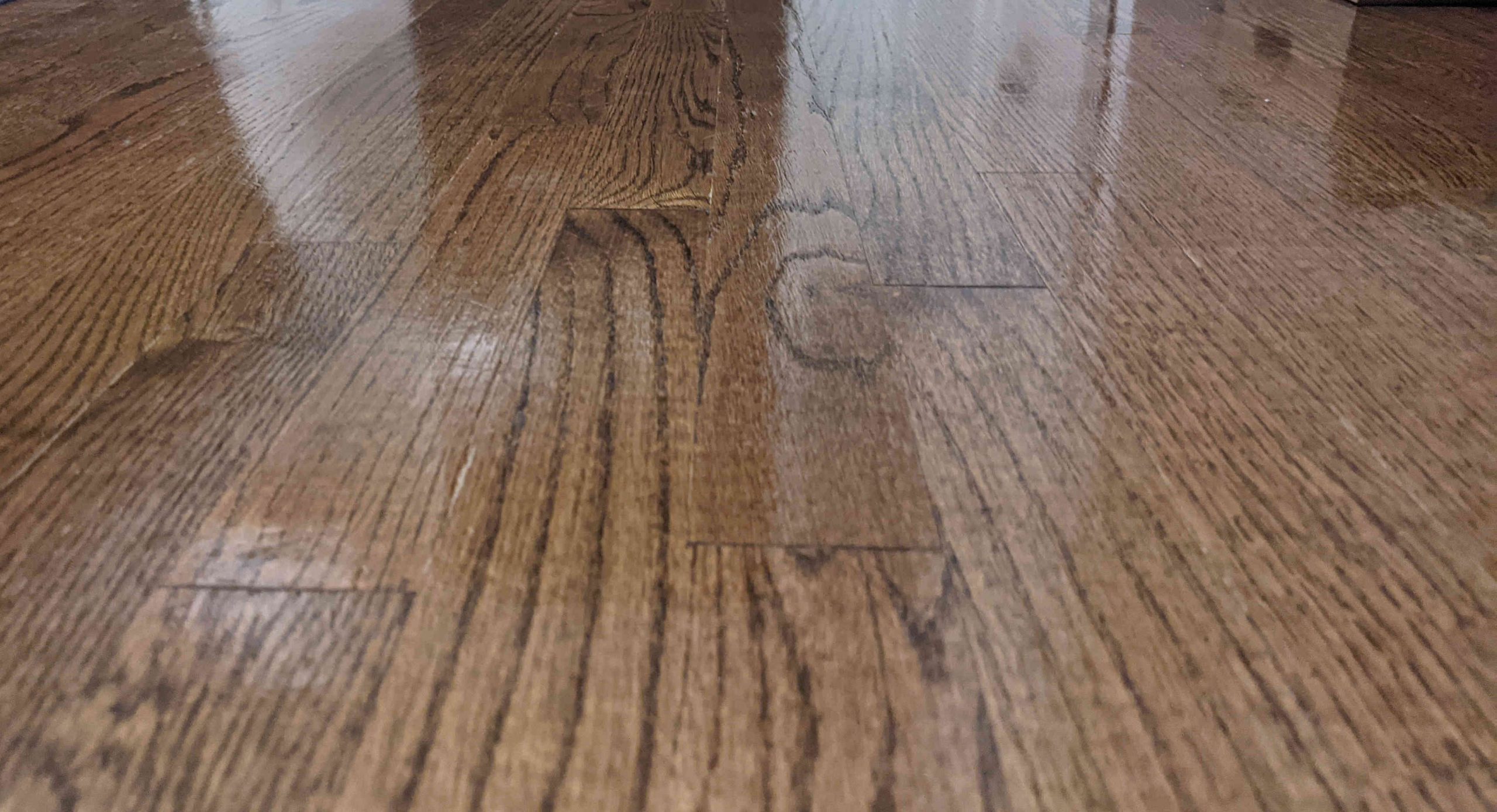

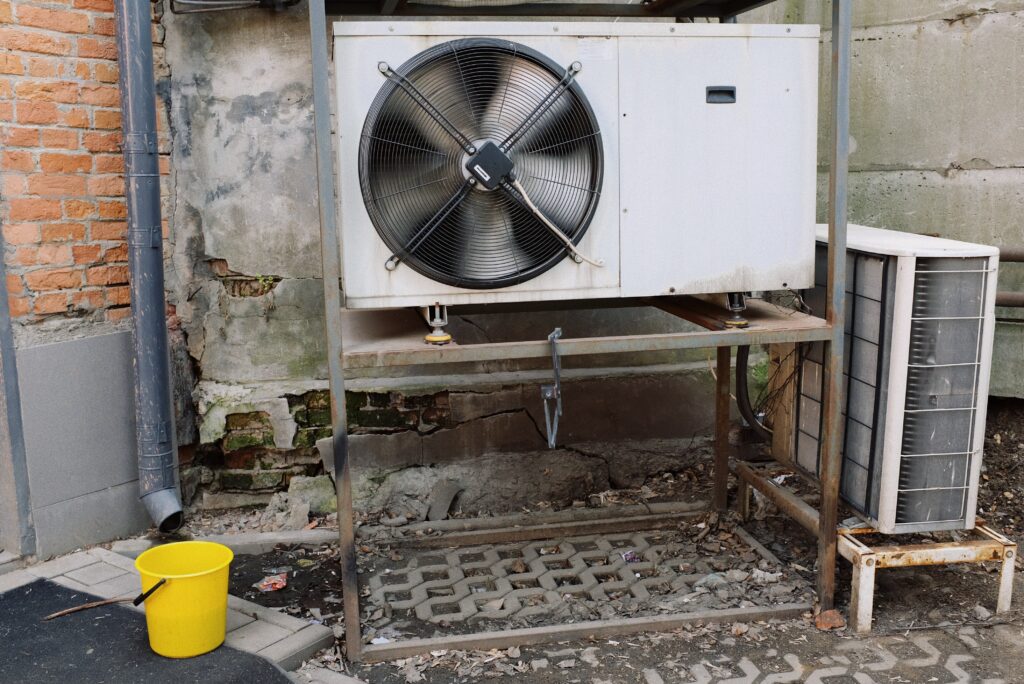
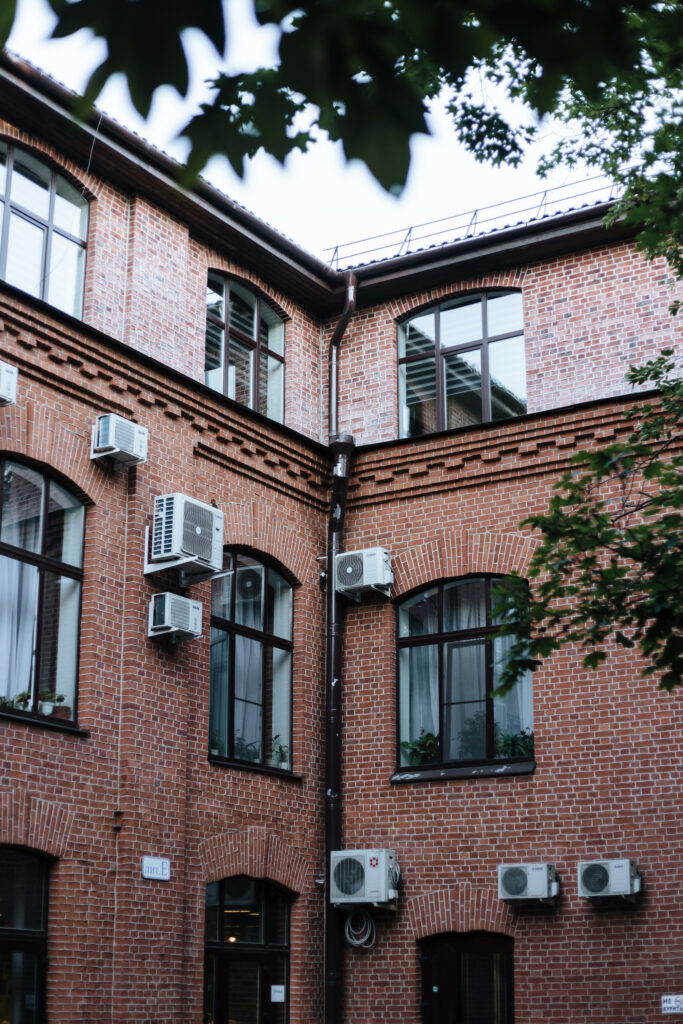
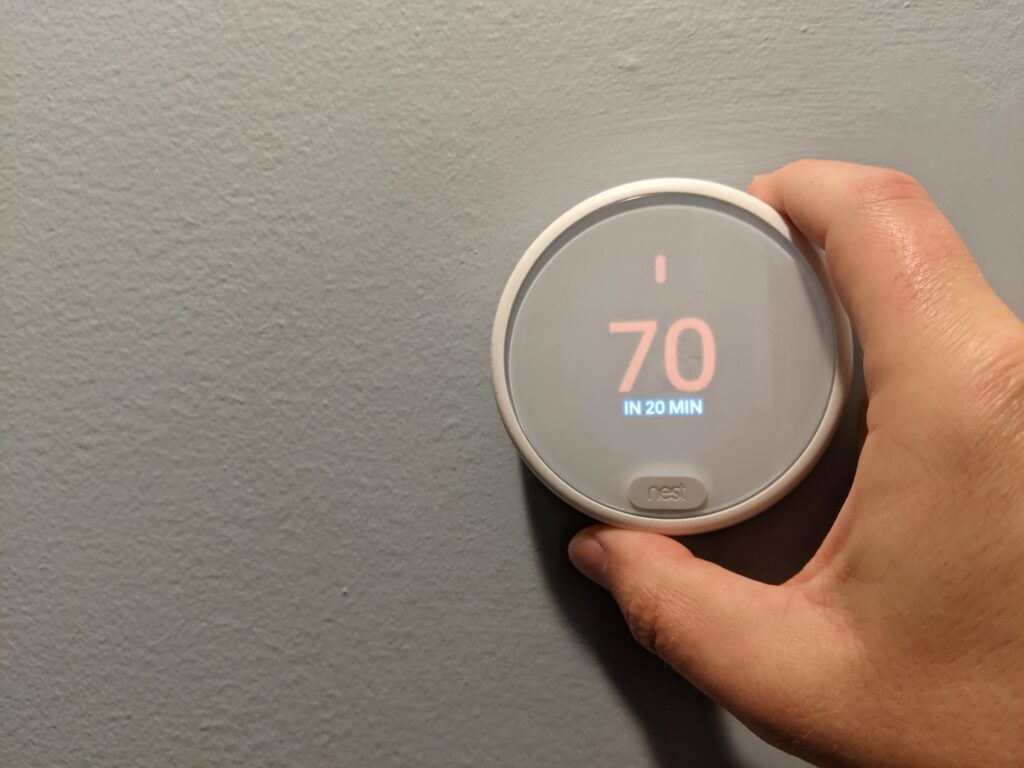
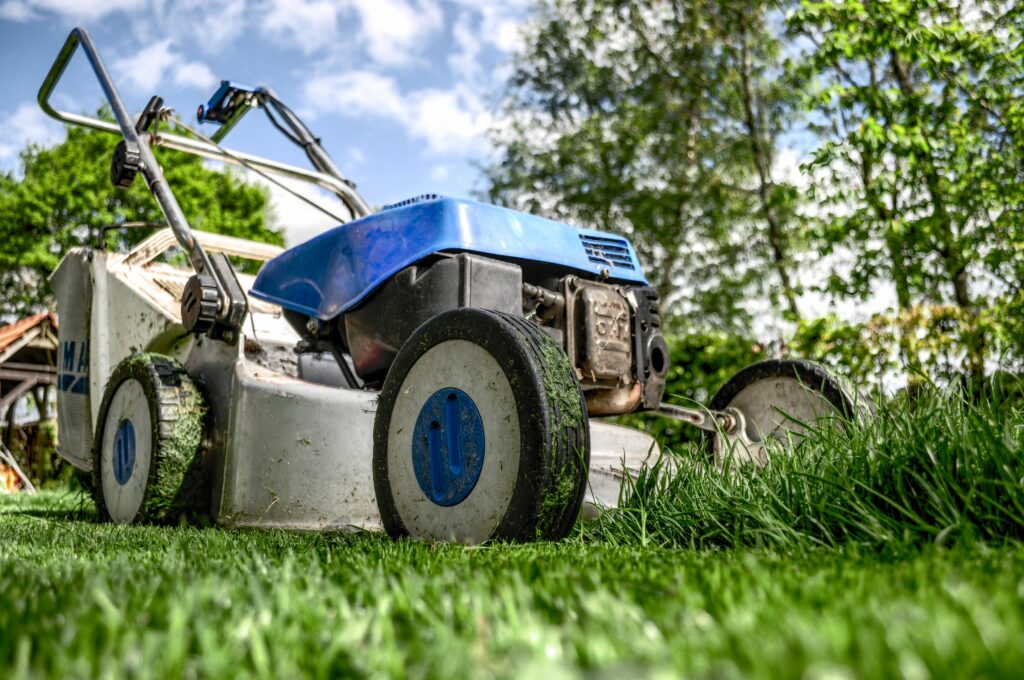
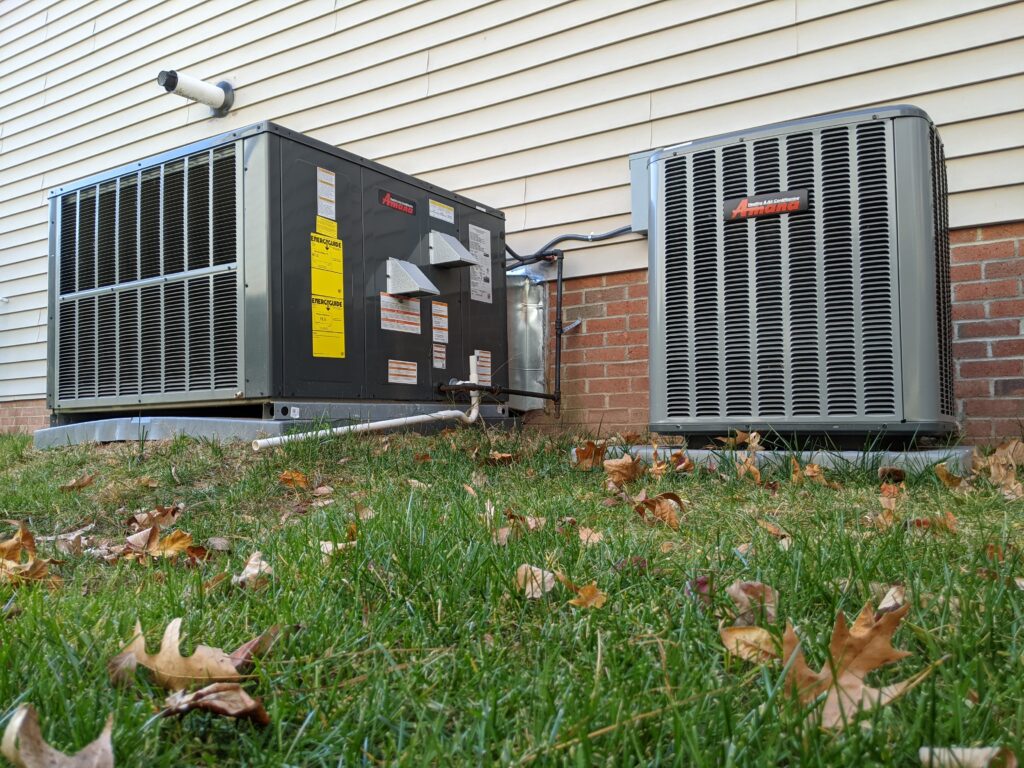
Leave a Reply